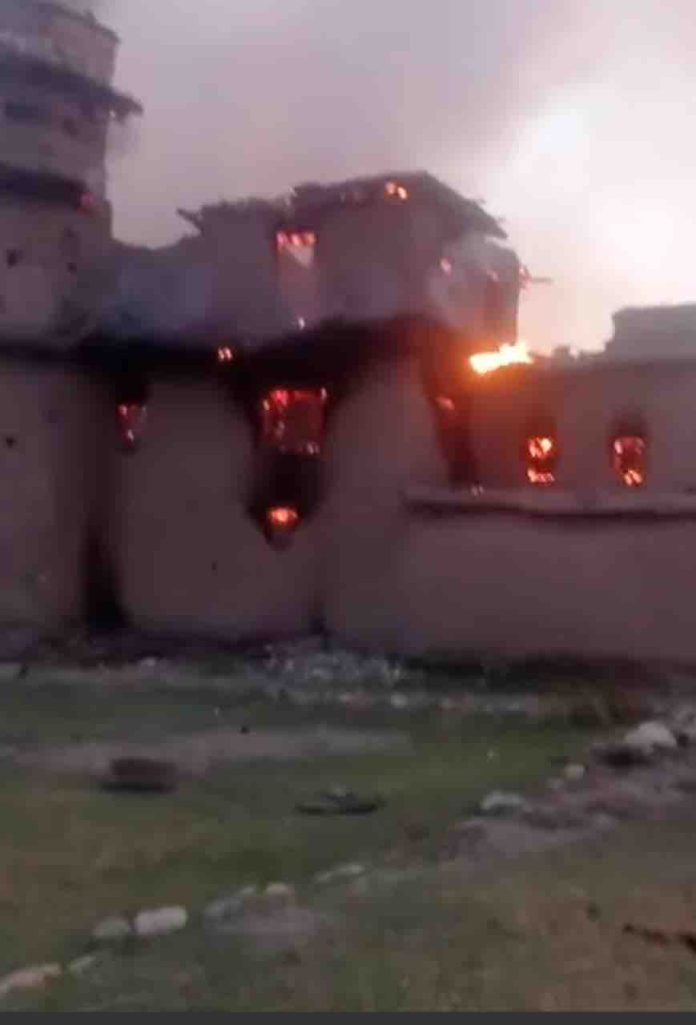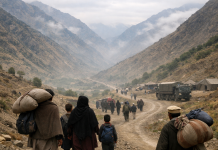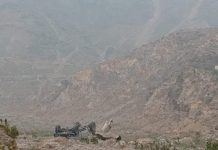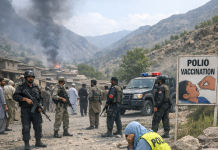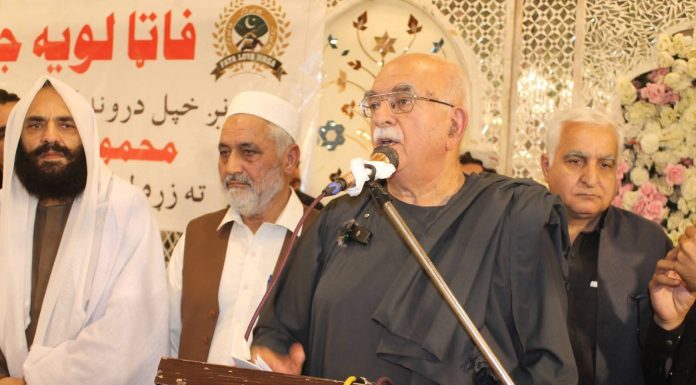Fazal Amin Shinwari
The Tribal Kurram District in Pakistan’s Khyber Pakhtunkhwa province, formerly known as Kurram Agency.
Kurram district is highly irrigated, well populated and crowded with small fortified villages, orchards and groves, to which a fine background is afforded by the dark pine forests and alpine snows of the Safed Koh. The beauty and climate of the valley attracted some of the Mughal emperors of Delhi, and the remains exist of a garden planted by Shah Jahan.
Most of the population is Pashtun and the main religion is Islam (Shia and Sunni). Major tribes living in Kurram Agency are Bangash, Turi, Orakzai, and Wazir, as well as Mamozai, Muqbil, Zazai, Paracha, Mangal, Ghilzai, Para Chamkani, Hazara and Khoshi tribes (Persian-speaking tribe).
District Kurram has been experiencing persistent violence and clashes between two religious sects, Sunni and Shia. Both sides in the Shia-Sunni war employ heavy weapons such as rocket launchers, missiles, and big cannons.
The region has witnessed significant damage, including the destruction of numerous houses, loss of livestock, and substantial financial losses.
While resolving such a complex issue requires a comprehensive and long-term approach,
The government can take certain steps to begin the process of restoring peace in the area.
The government should deploy additional security forces to the region to restore law and order. This includes establishing checkpoints, increasing patrols, and ensuring a visible presence of law enforcement agencies to deter further violence.
Implement measures to confiscate all weapons, enforce strict penalties for weapon possession, and promote community safety.
Engage the leaders and representatives from both sects to initiate a dialogue process.
Neutral mediators, such as community elders, respected individuals, or religious scholars, jirga facilitate discussions and bridge the gap between the two communities.
Implement confidence-building measures to foster trust and reduce tensions. This can include creating joint committees comprising members from both sects to address grievances, ensuring fair representation in local administration, and establishing mechanisms for resolving disputes peacefully.
Hold individuals and groups accountable for any acts of violence or destruction. Ensure that the law is enforced impartially and swiftly against anyone involved in inciting or perpetrating violence. This step can help deter future conflicts and promote a sense of justice and security among the affected communities.
Promote interfaith dialogue and initiatives that foster understanding, tolerance, and respect among both religious sects. Educational programs should emphasize religious harmony, human rights, and the importance of peaceful coexistence. Invest in the socio-economic development of the region to address underlying grievances. This includes infrastructure development, access to quality education, healthcare facilities, and economic opportunities. By addressing socioeconomic disparities, the government can help alleviate feelings of marginalization and reduce the likelihood of conflict.


